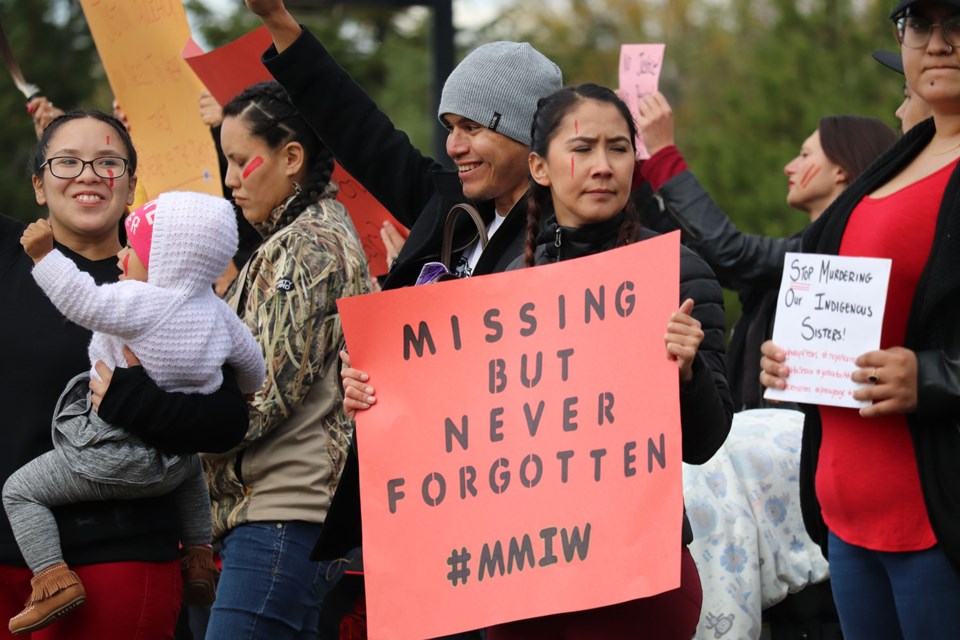Highway 16 from Prince Rupert to Prince George will soon have cellular coverage along the entire route, fulfilling a critical recommendation to make the highway safer.
Solving the problem of cellular gaps between communities along Highway 16 was among the Highway of Tears Symposium Report's 33 recommendations aimed at enhancing safety for Indigenous women and girls.
"We must continue to do everything in our power to prevent violence against Indigenous women and girls to ensure they are safe to travel anywhere in our province, but especially between communities along Highway 16," said Barb Ward-Burkitt, executive director, Prince George Native Friendship Centre.
"I commend the Province, the federal government and Rogers for expanding cell service along the isolated and essential corridor between Smithers and Prince Rupert - it serves as an important step of reconciliation and honouring for murdered and missing sisters, daughters, mothers, aunties and their families."
This recommendation from the symposium was echoed in the report from the National Inquiry into Missing and Murdered Indigenous Women and Girls. This investment is key to ensure women, especially Indigenous women, who are not safe can call for help and receive the services they need to ensure their safety and security.
The Connecting British Columbia program and the Government of Canada's Universal Broadband Fund will provide Rogers $4.5 million towards the $11.6-million cost of installing cellular infrastructure to provide cellular coverage in the remaining areas of weak signal strength between Prince Rupert and Smithers.
"People travelling this economic corridor and vital connection between communities will no longer be out of cell service range if they need to call for emergency services," said Lisa Beare, B.C.'s Minister of Citizens' Services.
"This project means there will be cellular coverage along the entire length of Highway 16 from Prince George to Prince Rupert, giving people peace of mind knowing they can reach out for help if they need it. It is a critical milestone in helping prevent future tragedies along this route, bringing comfort to people who use the highway and are now safter because of this connectivity."
As part of this project, Rogers plans to install 12 cellular towers along the highway. This will provide 252 kilometres of new highway cellular coverage, closing several gaps along this corridor.
"This project will provide continuous cellular coverage along the whole of the highway corridor, which will improve overall safety for this area," said Murray Rankin, B.C.'s Minister of Indigenous Relations and Reconciliation.
"It honours the memory of both survivors and the friends and family members of the Indigenous women, girls and two-spirit people who have gone missing, been murdered or experienced other forms of violence along Highway 16."
This project will also provide coverage to three rest areas along Highway 16, located at Boulder Creek, Basalt Creek and Sanderson Point. It is scheduled to be complete in fall 2022.
“For years, the Highway of Tears has become an iconic example of the tragedy of missing and murdered Indigenous women and girls (MMIWG). Families and survivors have highlighted the connection between MMIWG and gaps in cellular service along Canadian highways, especially in rural and remote areas. This investment is an important and concrete step towards ensuring all travellers, especially women and girls, along Highway 16 from Prince George to Prince Rupert can reliably call for help if and when they need it,” said Carolyn Bennett, federal Minister of Crown-Indigenous Relations.
The province says the Connecting British Columbia Program Economic Recovery Intake is on track to triple its target for new highway cellular coverage. To date, an additional 429 kilometres of new highway cellular coverage is being added, well surpassing the 140-kilometre target.



